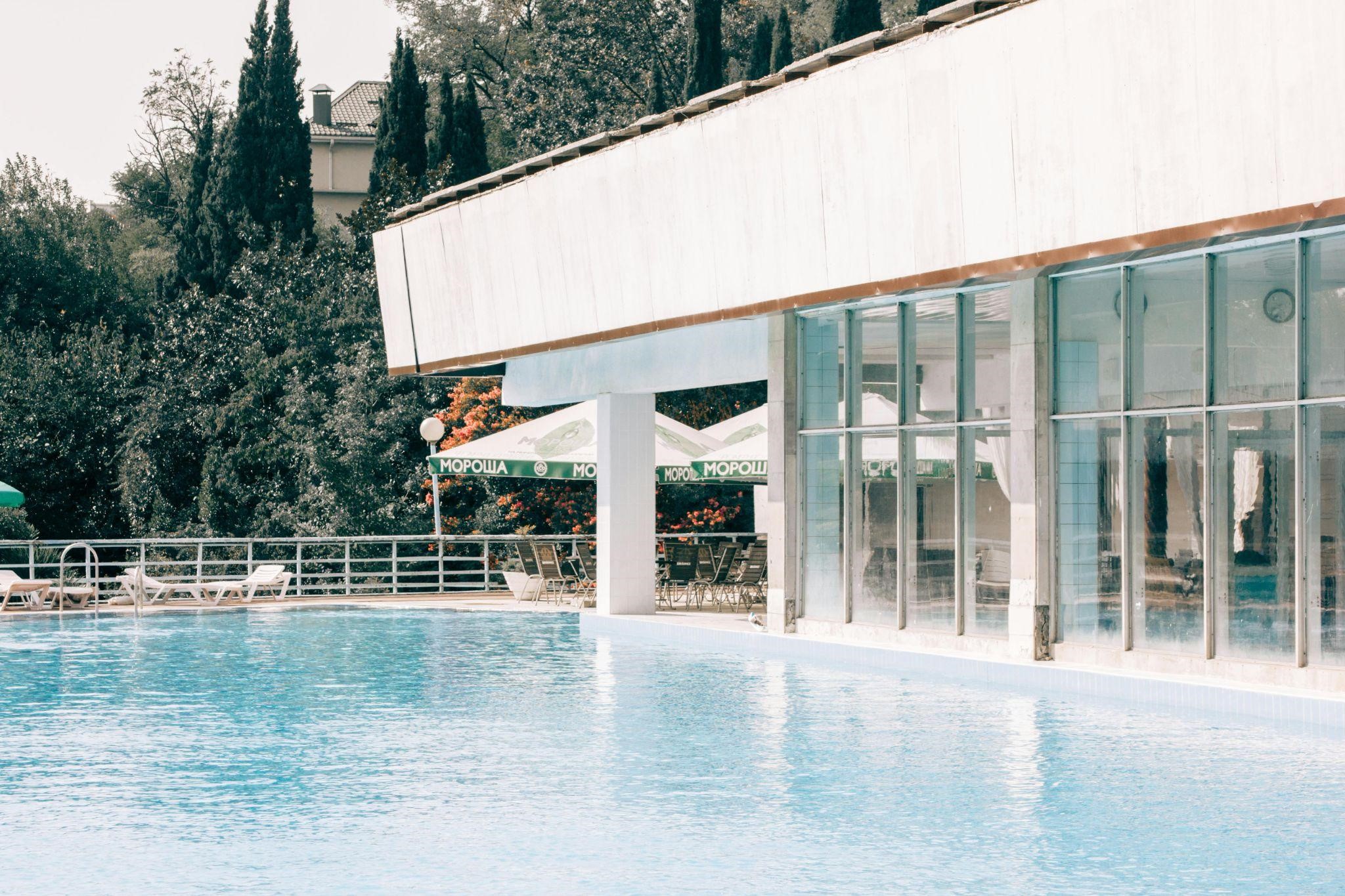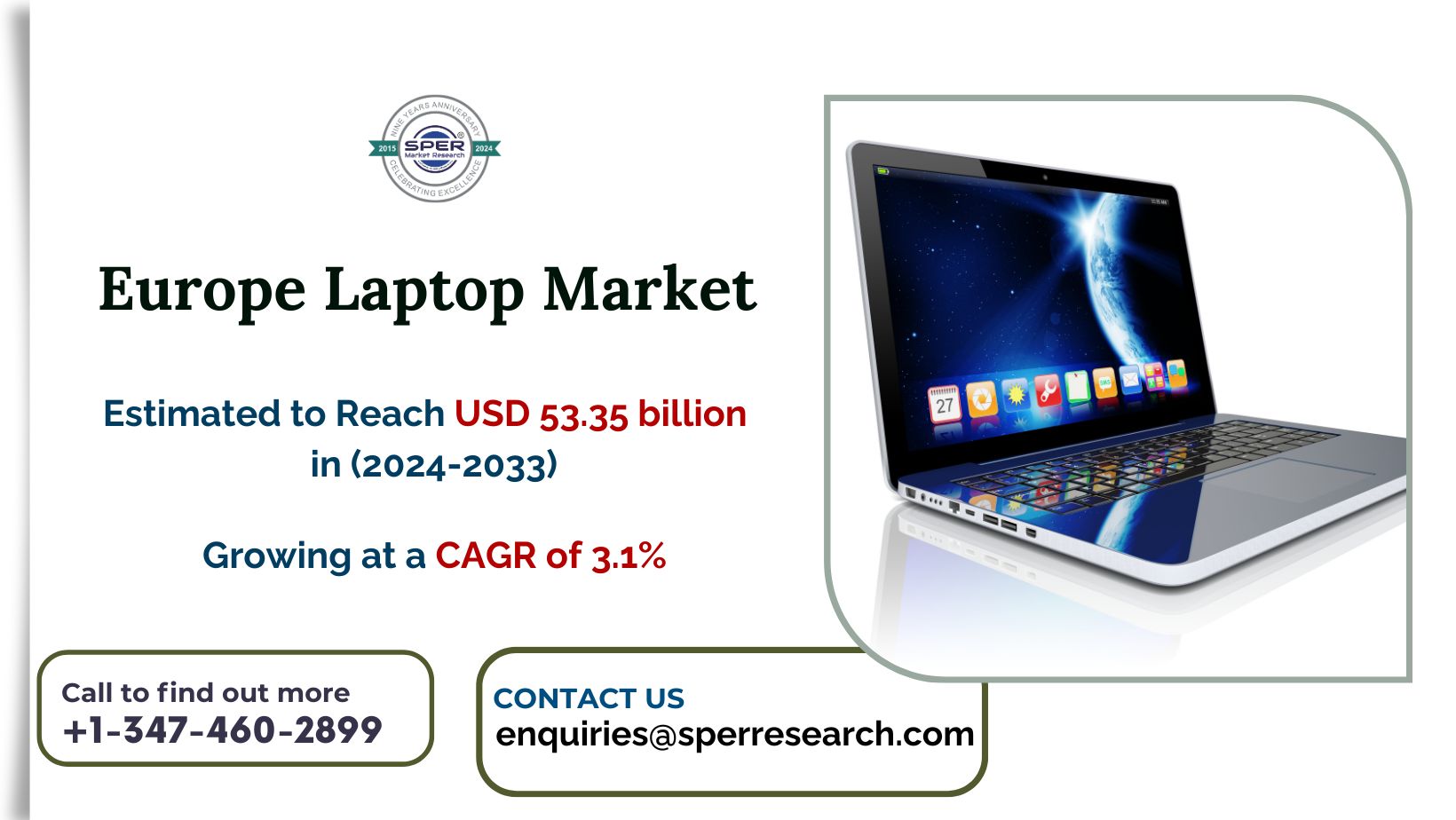Energy efficiency is a critical aspect of managing commercial pools, not only for reducing operational costs but also for promoting sustainability. Implementing energy-efficient solutions can lead to significant savings, enhanced pool performance, and a reduced environmental footprint. Here’s a comprehensive guide on energy-efficient solutions in commercial pool services.
The Importance of Energy Efficiency in Commercial Pools
Commercial pools, whether in hotels, community centers, or fitness clubs, consume large amounts of energy for heating, filtration, lighting, and pumping systems. By adopting energy-efficient practices, pool operators can:
- Lower operational costs
- Enhance the user experience
- Reduce greenhouse gas emissions
- Comply with environmental regulations
- Promote sustainability initiatives
Energy-Efficient Pool Pumps
1. Variable Speed Pumps
Variable speed pumps are one of the most effective energy-efficient upgrades for commercial pools. Unlike single-speed pumps, which run at full capacity all the time, variable speed pumps can adjust their speed based on the pool’s needs. This results in significant energy savings, reduced wear and tear, and quieter operation.
Benefits:
- Up to 90% energy savings compared to single-speed pumps
- Longer lifespan due to reduced operational strain
- Improved filtration and water quality
Efficient Heating Solutions
1. Heat Pumps
Heat pumps are highly efficient for heating pool water. They extract heat from the air and transfer it to the pool water, using less energy compared to traditional gas heaters.
Benefits:
- Lower energy consumption
- Consistent water temperature
- Reduced greenhouse gas emissions
2. Solar Pool Heaters
Solar pool heaters harness the sun’s energy to heat the pool water. They are an environmentally friendly and cost-effective solution, especially in sunny climates.
Benefits:
- Zero operational energy costs
- Renewable energy source
- Long lifespan with minimal maintenance
3. Pool Covers
Pool covers are a simple yet effective way to reduce heating costs. By covering the pool when not in use, heat loss due to evaporation is minimized, and the need for additional heating is reduced.
Benefits:
- Retained water temperature
- Reduced water evaporation
- Lower chemical consumption
Energy-Efficient Filtration Systems
1. High-Efficiency Filters
Upgrading to high-efficiency filtration systems, such as cartridge filters or regenerative media filters, can enhance water quality and reduce energy usage.
Benefits:
- Lower resistance to water flow
- Reduced pump energy consumption
- Extended filter cleaning intervals
Optimized Lighting Solutions
1. LED Lighting
Replacing traditional incandescent or halogen pool lights with LED lighting is a straightforward way to improve energy efficiency. LEDs use a fraction of the energy and have a much longer lifespan.
Benefits:
- Up to 80% energy savings
- Longer operational life (up to 50,000 hours)
- Brighter and more consistent lighting
Water Conservation Measures
1. Efficient Water Circulation
Optimizing the water circulation system can significantly reduce energy consumption. Properly sized pumps and efficient piping systems minimize resistance and improve flow rates.
Benefits:
- Reduced pump workload
- Lower energy usage
- Enhanced water quality
2. Water Recycling Systems
Implementing water recycling systems helps conserve water and reduce the need for frequent refilling. These systems capture and treat backwash water for reuse.
Benefits:
- Lower water bills
- Reduced environmental impact
- Enhanced sustainability
Smart Pool Management Systems
1. Automation and Control Systems
Automated pool management systems allow for precise control over various pool functions, including temperature, lighting, and filtration. These systems can be programmed to operate at optimal times, reducing energy consumption.
Benefits:
- Improved energy efficiency
- Enhanced user experience
- Remote monitoring and control
2. Energy Monitoring and Analytics
Energy monitoring systems track the energy usage of different pool components. Analyzing this data helps identify inefficiencies and opportunities for further energy savings.
Benefits:
- Real-time energy usage insights
- Data-driven decision-making
- Ongoing performance optimization
Renewable Energy Integration
1. Solar Panels
Installing solar panels can provide a renewable source of energy for powering pool systems. Solar energy can be used for heating, lighting, and running pool equipment, significantly reducing reliance on grid electricity.
Benefits:
- Reduced energy costs
- Renewable energy source
- Environmental benefits
2. Wind Turbines
In locations with consistent wind patterns, small wind turbines can be used to generate electricity for pool operations. This is another way to harness renewable energy and reduce carbon footprints.
Benefits:
- Sustainable energy production
- Lower operational costs
- Diversified energy sources
Maintenance Practices for Energy Efficiency
1. Regular Equipment Maintenance
Regular maintenance of pool equipment ensures that it operates efficiently. This includes cleaning filters, inspecting pumps and heaters, and ensuring proper chemical balance in the water.
Benefits:
- Prolonged equipment lifespan
- Optimal energy usage
- Improved performance
2. Timely Repairs and Upgrades
Addressing equipment issues promptly and upgrading to more efficient models when necessary can prevent energy waste and maintain high performance.
Benefits:
- Reduced downtime
- Lower energy bills
- Enhanced reliability
Training and Education
1. Staff Training
Training staff on energy-efficient practices and the proper operation of pool equipment is essential. Educated staff can help identify inefficiencies and implement best practices.
Benefits:
- Increased awareness and accountability
- Improved operational efficiency
- Ongoing energy savings
2. User Education
Educating pool users on energy-saving practices, such as the importance of covering the pool when not in use and minimizing water waste, can contribute to overall efficiency.
Benefits:
- Enhanced user experience
- Shared responsibility for sustainability
- Reduced operational impact
Financial Incentives and Support
1. Government Rebates and Incentives
Many governments offer rebates and incentives for implementing energy-efficient solutions. Research available programs and take advantage of these opportunities to offset the initial investment costs.
Benefits:
- Reduced upfront costs
- Faster return on investment
- Encouragement for further energy efficiency
2. Green Certifications
Pursuing green certifications, such as LEED (Leadership in Energy and Environmental Design), can provide recognition for your commitment to sustainability and energy efficiency. These certifications can also attract environmentally conscious customers.
Benefits:
- Enhanced reputation
- Market differentiation
- Long-term cost savings
Conclusion
Adopting energy-efficient solutions in commercial pool services offers numerous benefits, including lower operational costs, enhanced pool performance, and a reduced environmental impact. From upgrading to variable speed pumps and high-efficiency heaters to integrating renewable energy sources and implementing smart pool management systems, there are many ways to improve energy efficiency. Regular maintenance, staff training, and user education further contribute to sustainable pool operations. By embracing these energy-efficient practices, commercial pool operators can ensure a more sustainable future while providing a superior experience for their users.



